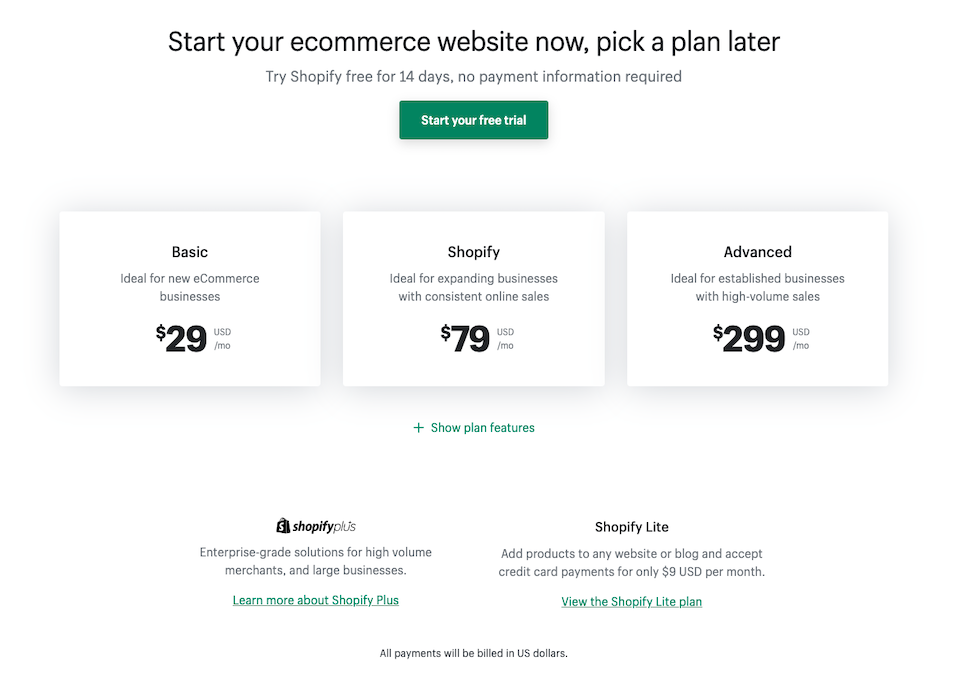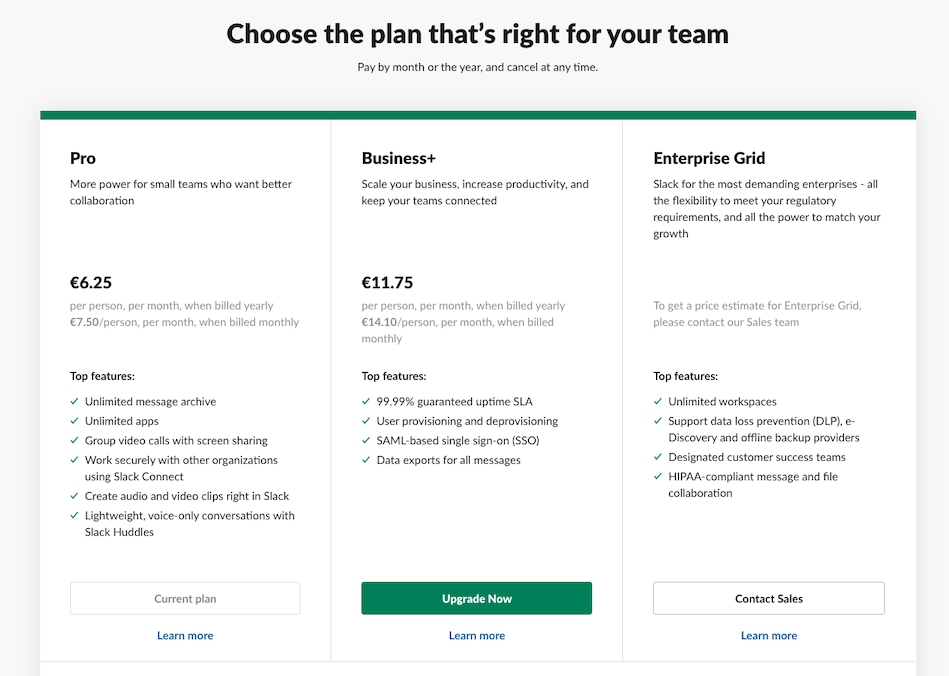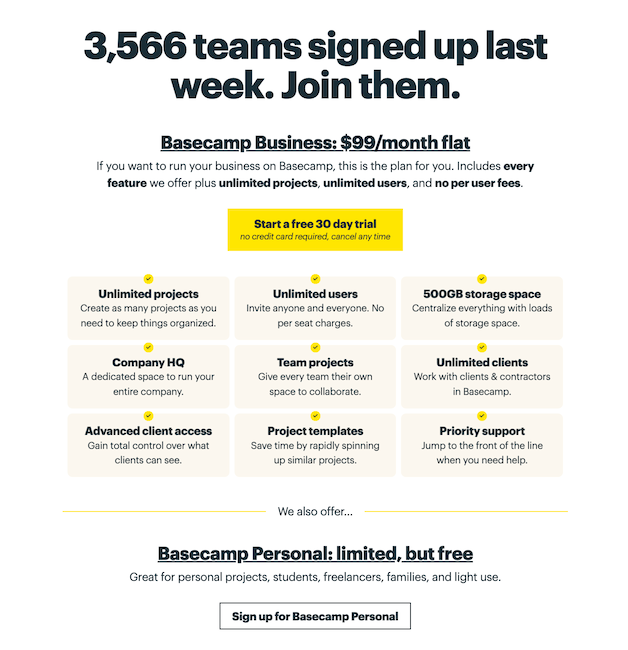Content strategy is challenging for any organization. For a product company, getting started to connect the dots within the digital footprints of an organization, and then translate that energy into a content canvas can be an even bigger challenge.
I first read about product content strategy by the folks at Shopify (an example, another example), and later at Facebook (example), and Intercom (example).
The authors here talk about the content’s role in the experience design and how product content aligns with the brand voice for the customer experience, holistically.
Elsewhere in community groups and in content strategy conferences, I see discussions on product content strategy around an omnichannel customer journey, a cross-functional collaboration-driven content workflow, and the content culture that flows across pre-sales, product, sales, support, and other functions. A few days ago, I attended a Product Content Strategy webinar, by Kristina Halvorson and Scott Abel, The Content Wrangler, and the show talked about content-driven user experience, the support experience, and breaking the silos.
Where is the pricing page
I have not seen much around where product content strategists talk about their role in the SaaS pricing page.
Shopify, Intercom, Mailchimp, Slack, Drift, Basecamp, InVision, Typeform—there are so many examples of SaaS who have experienced massive growth. Some of their teams share their stories of design and content strategy but for some reason, I have not seen much about a content strategist’s role in the SaaS pricing page.
Let’s see the pricing pages of a few modern and growing products:
Intercom

Shopify

Slack

Drift

Basecamp

The pricing page is the lifeblood of a SaaS
To run a growing organization involves serious and meticulous planning, research, attention to detail in design, revenue strategy, positioning, and sales cycle—and all the efforts are aligned towards the bottom line—the conversions and retention.
For a SaaS, the pricing page is the lifeblood of its growth.
What makes a SaaS pricing page
I have designed complex B2B SaaS pricing pages and I feel this is one of the most challenging phases of working in the product content strategy.
Let’s look at the examples of pricing pages that I shared earlier. Most of these show:
- Opening message—positioning, value, simplicity of pricing, social proof, or convenience
- Additional details (optional)—to set up more context before they show the pricing plans
- Pricing plans—the customer goals items that are wrapped in the features-driven product vocabulary, additional details of each item via tooltip texts or toggle controls, the UX Writing for each pricing item, the currency and taxes, the metadata-driven highlights (most used, most loved, value metrics), the hierarchy of items, and the content design
- Content that makes the users compare plans—imagine the STAKES here
- Add-ons—additional services that users can add to a plan
- Special calls—for non-profits, early-stage companies, smaller teams
- Social proof—listing a few customers with an option to show testimonials by select customers
- Frequently asked questions—we have discussed it enough (example); the content in Q&A format plays an important role on the SaaS pricing page because users are essentially trying to find answers to their questions
Bring on product content strategy
Content strategists are no experts in unit economics, and we are not talking about the pricing page design.
If you look at the example pricing pages, content strategists play a massive role in the SaaS growth.
- For the opening positioning—understand brand messaging, product positioning, and craft it for the pricing page in the minimum words. The science is to draw them into a transactional frame of mind.
- Communicate the value metrics for what the customers are likely to pay for—get the spreadsheets and the dashboard
- Understand what sells—check with the sales leadership
- Use the right words—bring in the UX Writers
- Keep the content canvas modular and fluid enough for special days, special occasions, and for specific use cases
Pricing page is a wide transactional content canvas
A SaaS pricing page is not a content type (in the language of content strategy). It is a transactional content canvas that sets up the real transaction and it can make or break a business.
The pricing page is a mesh of multiple content types like a big central spoke in the transitional wheel that takes the brand positioning, product narrative, variables-driven numbers, metadata, and the customer sentiment to a different level.
This is the ground where many new customer stories take positive directions, for good, and forever.
Examples—product positioning
See a few opening statements in the example pricing pages:
- Intercom—talks about the value
- Basecamp—talks about social proof
- Drift—talks about the simplicity of pricing
- Shopify—talks about the convenience
Pricing tiers
Look at the hierarchy and structure of information, and the precision.
Imagine how complex it can be for a user to compare the plans and make a decision to pay. If they are gone, they are likely to have gone forever.
For the transaction
Content strategists tie all the content types to a goal. They can map the customer intent with the right combination of content units and in the right sequence to help a customer make a positive decision to sign up.
Pricing page adapts
Take an example of Shopify where a change in the product strategy or a specific marketing campaign calls for a change on the pricing page.
Tearing Down Shopify's Pricing – by @priceintel – "Taking a feature like Gift Card Management and moving it into the $79 pricing tier was a great move by Shopify." for @Shopify #SaaS #Pricing #SaaSMetrics #B2BPricing #B2BSaaShttps://t.co/QtIQgJGMG7 pic.twitter.com/l3F8QuZ8Vj
— Vinish Garg 🎗 (@vingar) July 10, 2018
Final thoughts on product content strategy for SaaS pricing pages
I am not saying that product content strategists should lead the pricing page strategy. If they are already contributing to the pricing pages, they need to discuss it more and share their experiences.
I learned about pricing pages from Profit Well (see the website, formerly, Price Intelligently) and a bit from Tomasz Tunguz (see the blog).
The art and science of pricing, by @Patticus of @ProfitWell via @intercom
— Vinish Garg 🎗 (@vingar) November 30, 2018
– Your price is the exchange rate on the value you’re providing.
– Freemium is an acquisition model , not a revenue model.
– Raise the #pricing, strategicallyhttps://t.co/JQBFXrZHOQ#startups #SaaS
I will share an example of a B2B SaaS pricing page that I designed, in a follow-up post.
I am running an advanced course on product content strategy, content design, and UX writing, tweet to me if you have any questions.
